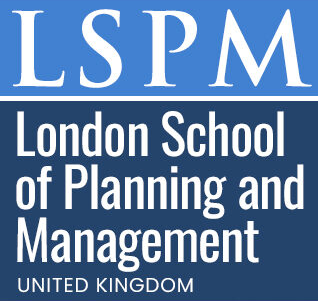Postgraduate Certificate in Laser Scanning for Architectural Landmarks
Published on June 27, 2025
About this Podcast
HOST: Welcome to our podcast, today I'm thrilled to be talking with Dr. Jane Smith, an expert in the field of 3D laser scanning for architectural preservation and the instructor for the Postgraduate Certificate in Laser Scanning for Architectural Landmarks. Dr. Smith, can you tell us a bit about this course and what inspired you to create it? GUEST: Thanks for having me! This course is designed to equip learners with the latest techniques in 3D laser scanning, focusing on the digital documentation and conservation of architectural landmarks. I noticed a gap in the industry where traditional methods were insufficient, so I wanted to provide a platform for professionals to enhance their skills. HOST: That's fascinating. How is the demand for non-invasive, accurate, and efficient methods for architectural preservation impacting the industry, and what opportunities does it create for course graduates? GUEST: The demand is increasing, and that's great news for our graduates. They'll have the essential skills to contribute significantly to the preservation of historical sites and landmarks worldwide. With their strong understanding of laser scanning techniques, data management, and visualization tools, they'll be highly sought-after professionals. HOST: I can imagine there must be challenges in implementing laser scanning technology in architectural preservation. Can you share some of the obstacles you've encountered or that your students face during their learning journey? GUEST: Absolutely. One challenge is the need for precise calibration and alignment of scans, which can be time-consuming and require a high level of expertise. Additionally, data processing and analysis can be complex, but we provide our students with the necessary tools and guidance to overcome these challenges. HOST: As we look to the future, how do you see laser scanning technology evolving and what impact could it have on the architectural preservation industry? GUEST: I believe we'll see advancements in real-time registration, automation, and artificial intelligence, making the process even more efficient. This evolution will enable us to preserve more architectural landmarks and cultural heritage sites, ensuring their sustainability for future generations. HOST: Dr. Smith, thank you for sharing your insights with us today. It's clear that the Postgraduate Certificate in Laser Scanning for Architectural Landmarks offers a valuable opportunity for professionals to enhance their skills and contribute to the preservation of our global cultural heritage. GUEST: Thank you for having me. It's been a pleasure discussing this important topic with you.
